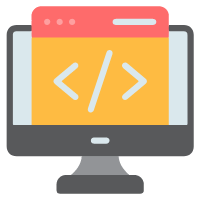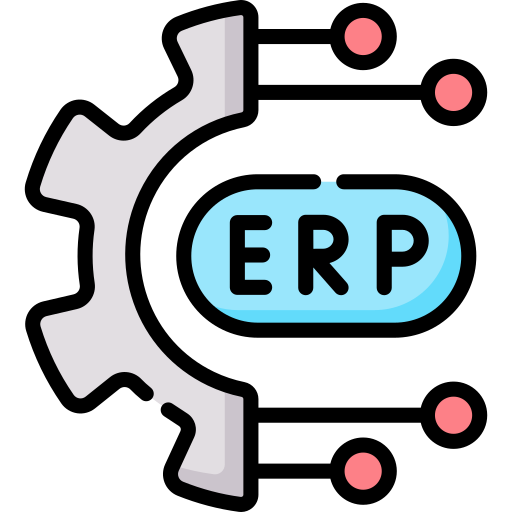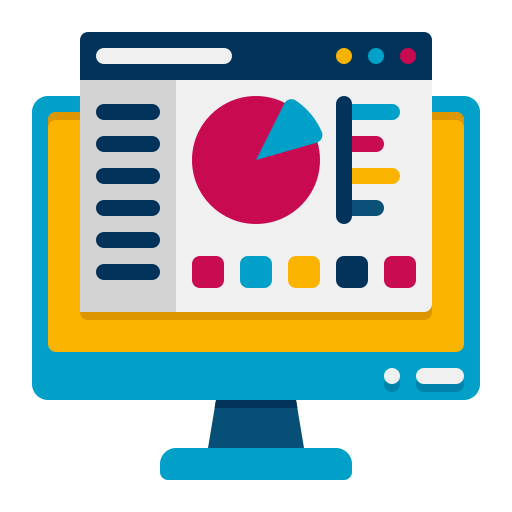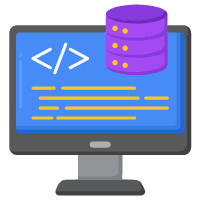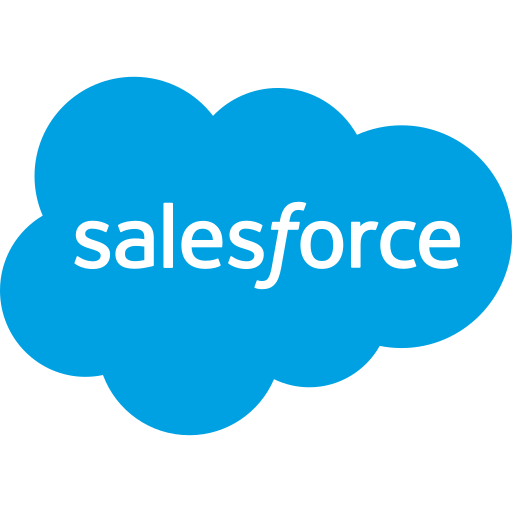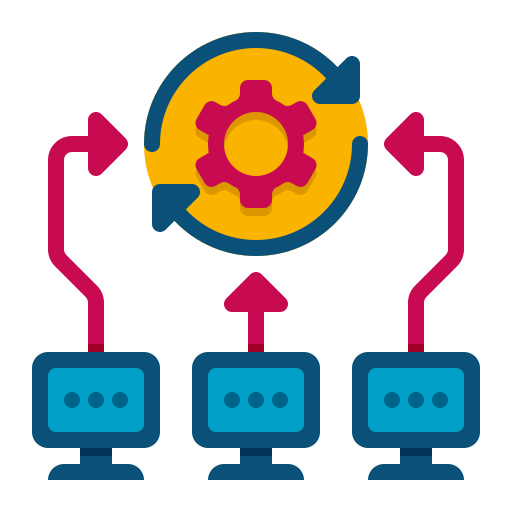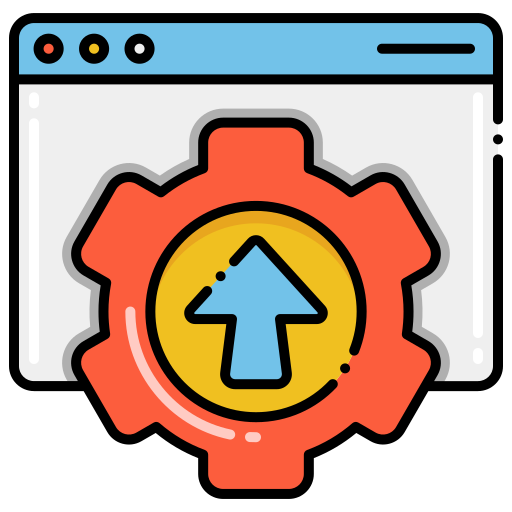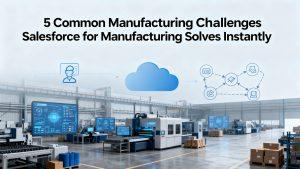Introduction
Manufacturing today is all about speed, accuracy, and smart decisions. But many companies still depend on old ERP systems that slow down their progress. These systems are hard to update, don’t share data well, and often create extra manual work.
ERP modernisation changes that. It helps manufacturers connect every part of their business, from supply chain to production, using real-time data and automation. Companies that move to modern ERP platforms are becoming faster, more efficient, and more competitive in their markets.
Let’s look at why modernising your ERP system is now a business need, not a choice.
What Is ERP Modernisation?
ERP modernisation means replacing or upgrading outdated systems with new ones that are cloud-based, connected, and easier to use. It improves the way information flows between departments and helps decision-makers act quickly.
Modern ERP systems are not only tools for managing data. They are solutions that bring visibility, accuracy, and control to every part of your operations.
When manufacturers modernise their ERP, they often see:
- Lower production delays
- Faster reporting and decision-making
- Better control over costs and inventory
7 Advantages of ERP Modernisation for Manufacturers
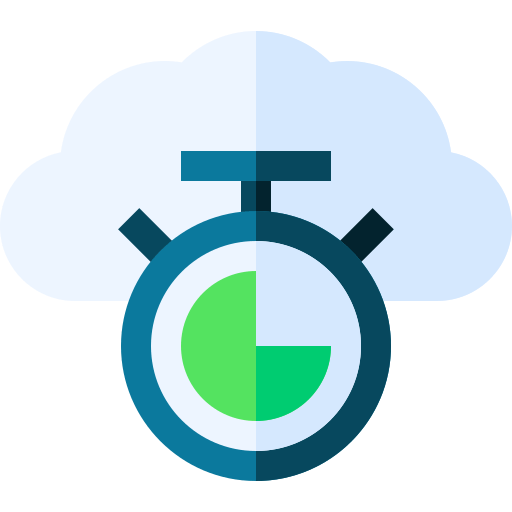
1. Real-Time Data for Faster Decisions
Modern ERP systems give managers access to accurate data whenever they need it. You can track production, orders, and inventory in real time. This helps you make faster and more confident decisions.
For example, if a production issue occurs, the team can identify it immediately and take corrective action before it affects delivery. This reduces waste and improves customer satisfaction.

2. Smooth Operations Across Departments
One of the biggest challenges in manufacturing is poor coordination between departments. A modern ERP brings all teams—production, finance, supply chain, and sales—onto one platform.
This means less confusion, fewer errors, and faster workflows. The result is a more organised and productive workplace.
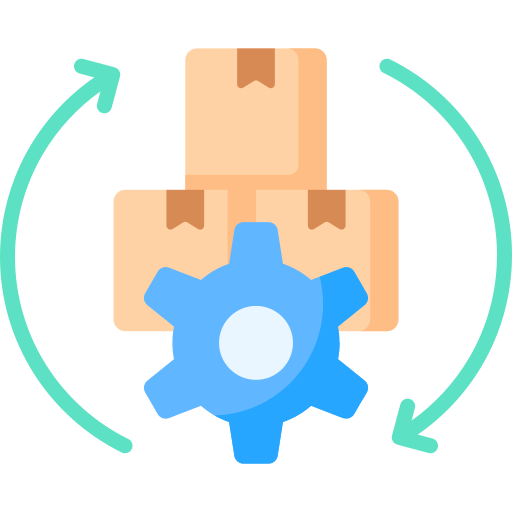
3. Better Supply Chain Management
Modern ERP systems help you monitor suppliers, stock levels, and shipping timelines in real time. You can plan purchases more effectively, reduce excess stock, and avoid material shortages.
A strong supply chain builds reliability. Customers receive their products on time, and your company becomes known for consistency and trust.

4. Scalable and Flexible Systems
As your business grows, your ERP system should grow with you. Older systems often struggle to support multiple locations or new product lines.
A modern ERP is flexible. You can add new users, departments, or even factories without a complete system change. This makes expansion easier and more cost-effective.
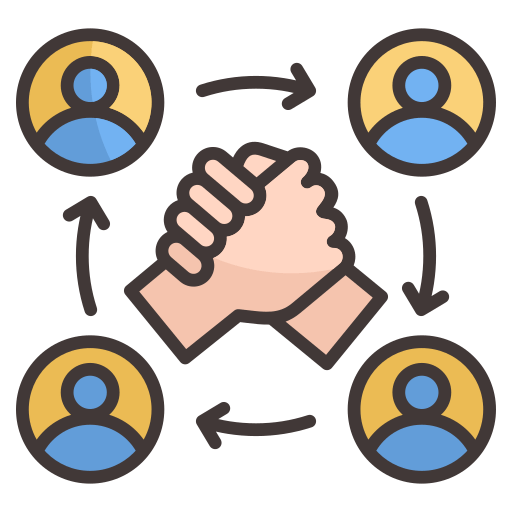
5. Stronger Team Collaboration
Modern ERP systems are easy to access on mobile devices and web browsers. Whether your team works in the office, at a plant, or remotely, everyone can view and update the same information.
This improves teamwork and reduces communication delays. Employees can focus on solving problems instead of searching for data.
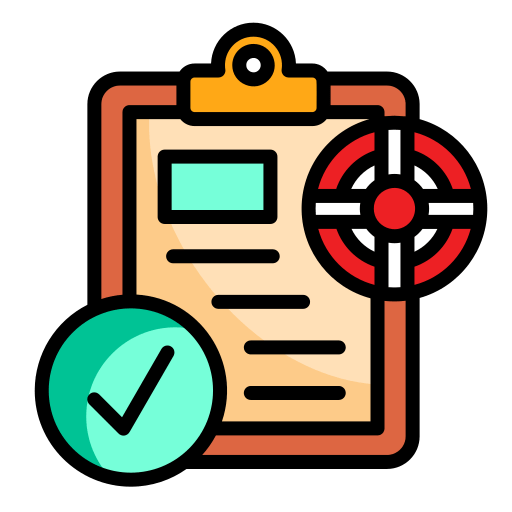
6. Improved Accuracy and Compliance
With a modern ERP, most processes are automated. This reduces manual entry and the risk of human error. It also helps ensure compliance with industry and government standards by keeping accurate digital records.
Accurate data improves decision-making and strengthens trust among customers, suppliers, and partners.

7. Preparation for the Future
Modernising your ERP is a long-term investment. It prepares your business to adopt future technologies easily. You can add tools for automation, reporting, or analytics without rebuilding the system.
This makes your company ready for change and keeps you ahead of competitors who still rely on outdated software.
Simple Steps to Begin ERP Modernisation
- Assess your current ERP – List challenges, delays, and missing features.
- Set clear goals – Decide what you want to improve, such as inventory tracking or faster reporting.
- Find the right partner – Choose experts who understand your business and can guide you through the process.
- Implement in stages – Start with one department before expanding across the company.
- Train your team – Make sure everyone understands how to use the new system efficiently.
Real Example: Turning Problems into Progress
A manufacturing firm in USA faced constant delays due to outdated systems and manual reporting. After upgrading to a modern ERP with the help of mVerve, the company improved its production planning and reduced inventory costs by 25%.
Within eight months, the firm reported faster delivery times, fewer data errors, and smoother coordination between departments. This simple upgrade became the turning point for their business growth.
Conclusion
ERP modernisation is more than a software upgrade. It is a smart business move that helps manufacturers work faster, reduce costs, and stay competitive.
When your systems are connected and your data is clear, decisions become quicker and more effective. Modernising your ERP helps your business stay relevant, responsive, and ready for the future.
At mVerve, we help manufacturers update and simplify their ERP systems for better control and growth. If you want to strengthen your operations and improve efficiency, it’s time to modernise your ERP today.
Frequently Asked Questions
1. Why is ERP modernisation important for manufacturers?
It helps connect all business areas, reduces errors, speeds up work, and provides real-time visibility into operations.
2. Is ERP modernisation costly?
It depends on your current setup and goals, but most companies recover their costs within one to two years through improved efficiency.
3. How long does ERP modernisation take?
It usually takes six months to one year. Planning and step-by-step rollout make it easier to manage.
4. Will my operations stop during the change?
No. A good implementation plan ensures your current processes continue while the new system is set up.
5. What happens if I don’t modernise my ERP?
You may face delays, higher costs, and slower decision-making compared to competitors who have upgraded.

